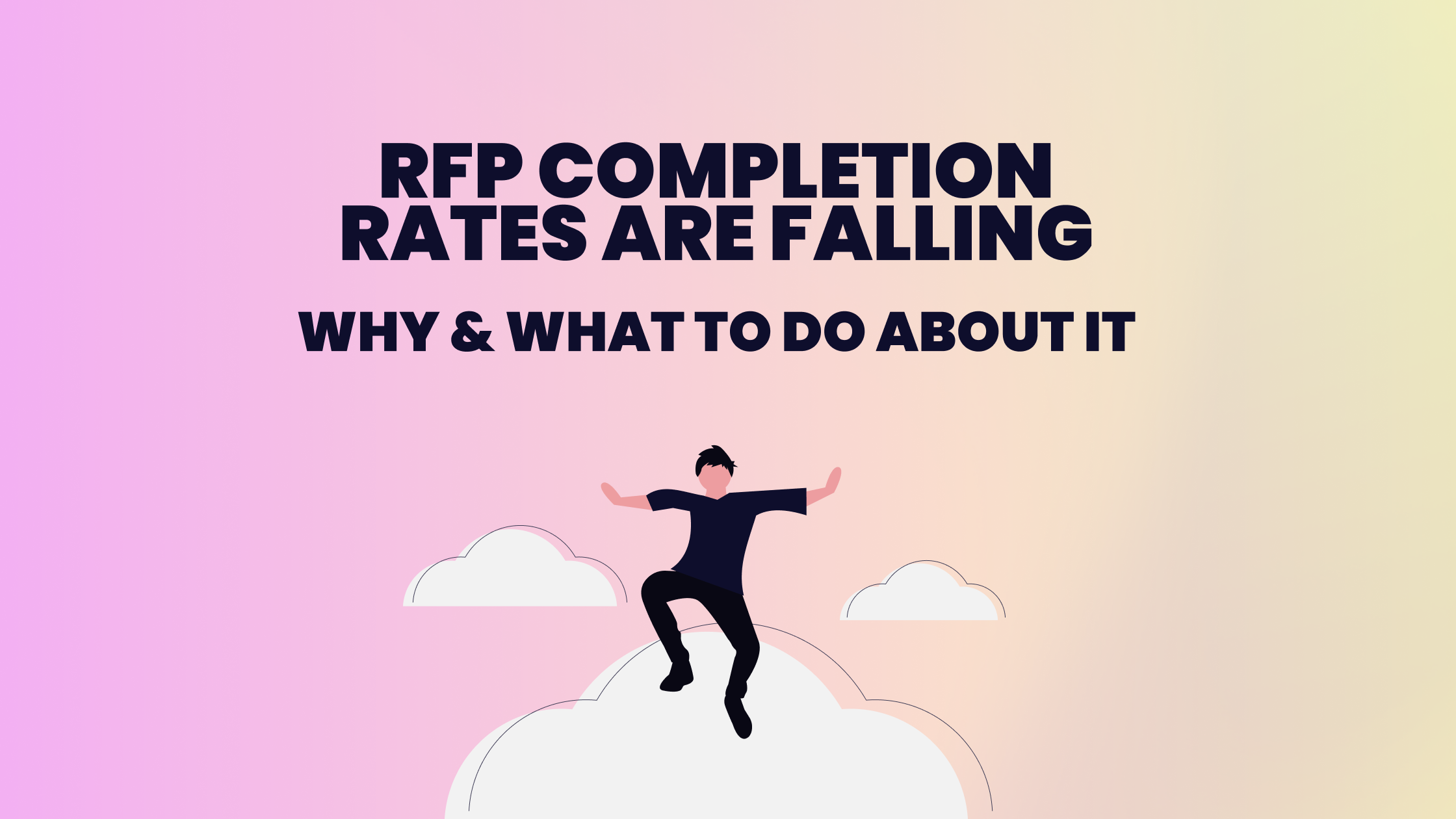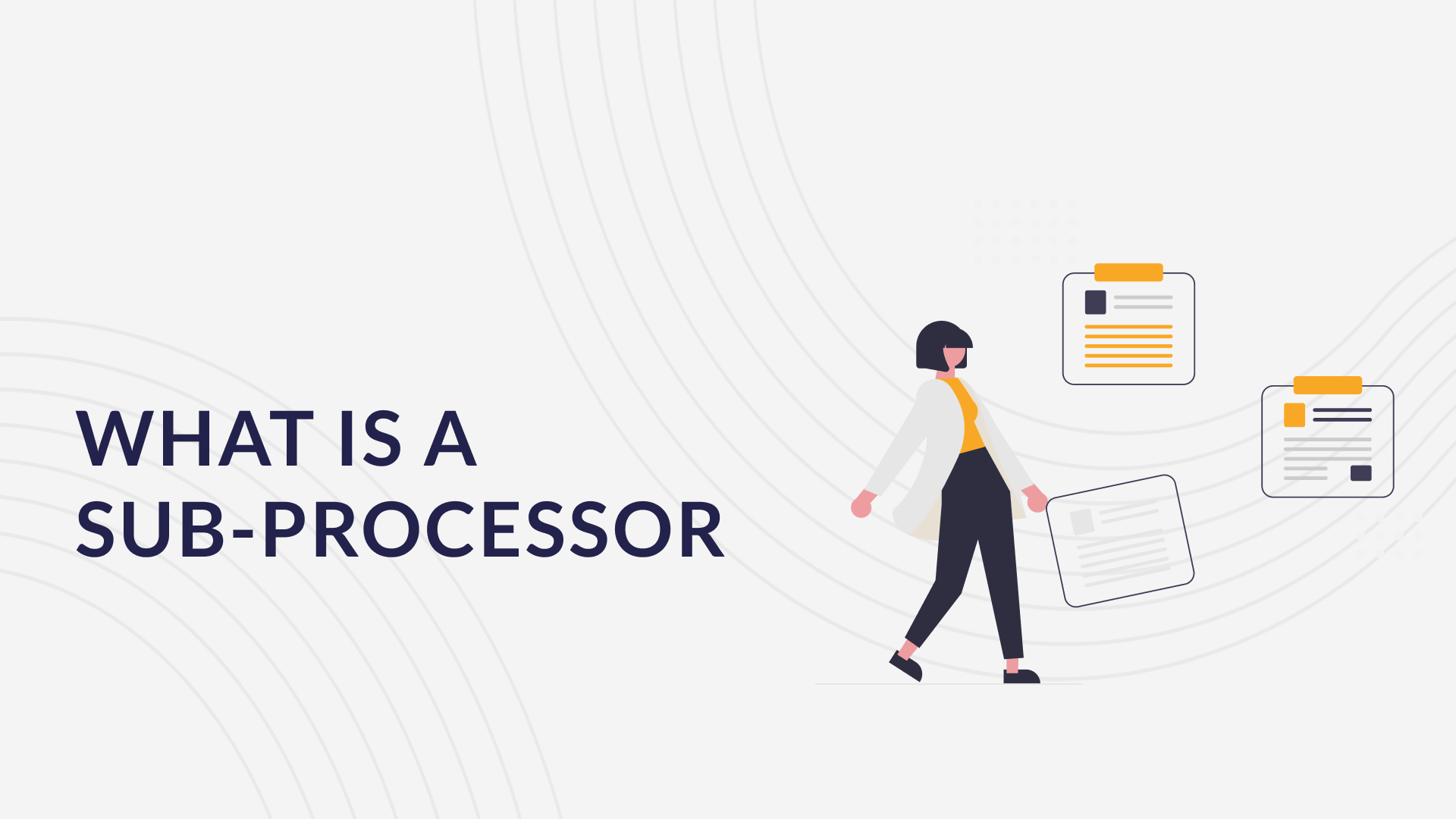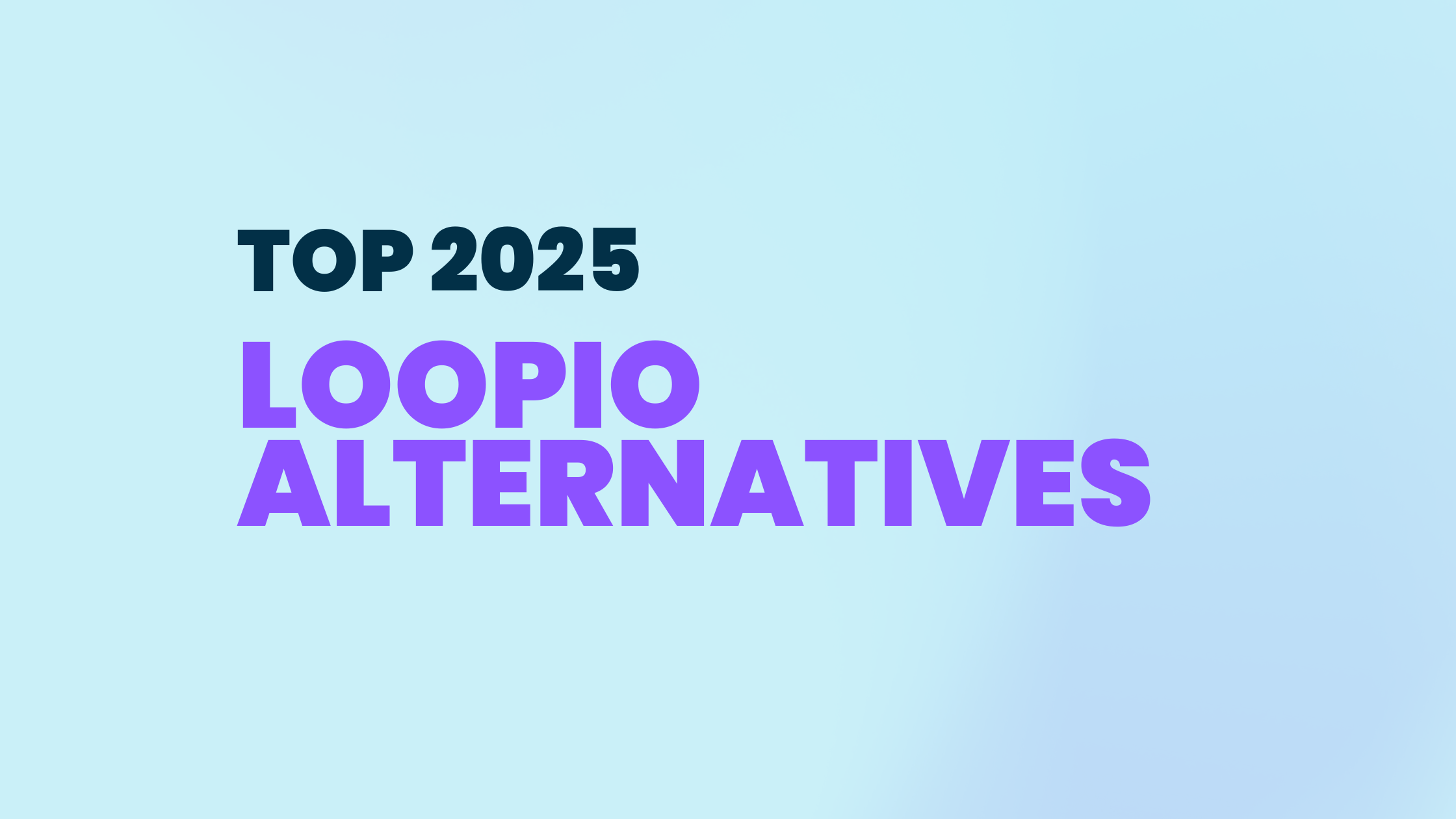Responding to a Request for Proposal (RFP) is one of the most structured (and strategic) ways to win high-value deals. Yet many organizations still treat it as a last-minute scramble. In 2025, with rising buyer expectations and tighter timelines, following a clear, repeatable RFP process can dramatically increase win rates.
Who is this for?
If you’re a sales manager, proposal coordinator, or subject matter expert at a B2B company responding to complex RFPs, struggling with last-minute scrambles, unclear ownership, and scattered content, this guide will help you streamline your RFP process, improve win rates, and build a scalable system for future success.
Understanding the RFP Lifecycle in 2025
What is an RFP and How It Fits into Strategic Sourcing
An RFP (Request for Proposal) is a document buyers use to gather proposals from potential vendors. It’s a core part of strategic sourcing, used when the solution is complex, high-value, or requires a detailed comparison between suppliers.
When to Use an RFP vs RFI, RFQ, or RFO
- RFI (Request for Information): Used to explore the market or understand vendor capabilities.
- RFQ (Request for Quotation): Used for pricing-specific, commodity-type purchases.
- RFO (Request for Offer): Similar to RFP, but often more informal or region-specific.
- RFP: Used when evaluation criteria go beyond price, factoring in security, compliance, service levels, and more.
Why RFPs Are Critical for High-Value Procurement
RFPs ensure transparency, compliance, and fairness (especially in regulated industries). They allow buyers to assess vendor fit across multiple dimensions and reduce risk in vendor selection.
Step 1: Intake and Go/No-Go Decision Process
Creating an RFP Intake Form Using CRM Tools
Centralize new RFP requests in your CRM or deal desk. Intake forms should capture buyer name, deadline, deal value, key requirements, and decision-makers.
Using a Go/No-Go Matrix to Assess Opportunity Fit
Before committing resources, evaluate:
- Deal size vs. effort required
- Alignment with ICP
- Competitive positioning
- Internal bandwidth
Evaluating Internal Capacity and Win Probability
No matter how attractive the opportunity, teams should factor in availability of SMEs, holidays, and ongoing priorities to avoid last-minute compromises.
Step 2: Planning and Content Preparation
Reading the RFP Thoroughly and Identifying Key Themes
Highlight critical deadlines, must-answer questions, disqualification criteria, and any word/page limits. Look for themes like security, speed, or customer support.
Scoping Out Competitors and Defining Win Themes
What will set you apart? Price? Innovation? Support? Define your win themes early and bake them into your messaging throughout the response.
Building a Content Plan With Reusable Assets
Create a content plan that links to pre-approved answers, policies, and documents. If you don’t already have a content library, start now—it will pay off by your next RFP.
Step 3: Team Kickoff and Role Assignment
Assigning Roles: Proposal Manager, SMEs, Sales, Design
Clarify responsibilities:
- Proposal Manager: Drives deadlines and QA
- SMEs: Provide technical, legal, or security input
- Sales: Offers customer context
- Design: Ensures brand compliance and formatting.
Creating a Work-Back Schedule With Deadlines
Reverse engineer your timeline from the submission date. Account for review rounds, executive sign-off, and potential blockers.
Hosting a Kickoff Meeting to Align on Strategy
A 30-minute kickoff sync helps align on tone, key differentiators, and who answers what. It avoids miscommunication and duplication later.
Step 4: Drafting, Reviewing, and Submitting the Proposal
Using a Content Library to Answer Standard Questions
Start with trusted content where available. Tag questions by category (e.g. legal, IT, pricing) to find reusable answers quickly.
Collaborating With SMEs for Technical Sections
Loop in experts early, especially for complex answers like data protection, SLAs, or integration. Use shared docs or RFP software for async collaboration.
Proofreading for Compliance, Clarity, and Consistency
Before submission, check:
- All required fields answered
- Consistent voice and formatting
- No conflicting or outdated answers
Submitting the Proposal and Confirming Receipt
Use the buyer’s submission method (email, portal, or procurement platform). Always confirm receipt and save a timestamped record.
Step 5: Post-RFP Analysis and Content Optimization
Saving Responses to a Centralized Content Library
Don’t lose great work. Tag strong answers for reuse, including any buyer-specific customizations that may apply elsewhere.
Conducting a Postmortem to Identify Improvement Areas
Whether you win or lose, review what worked, what didn’t, and what slowed you down. Capture insights before memories fade.
Tracking RFP Response Metrics for Future Decisions
Track:
- Win rates
- Average time to submit
- Time spent per stakeholder
- Reuse rate of standard answers
These benchmarks help improve future resource planning and tooling decisions.
Key Takeaways & Wrap Up
A winning RFP isn’t just about great answers, it’s about having the right process. From intake to postmortem, each step builds clarity, speed, and confidence.
- Use a Go/No-Go matrix to qualify RFPs.
- Plan content early and reuse where possible.
- Align teams with clear ownership and timelines.
- Submit on time, track outcomes, and iterate fast.
RFP Process Steps - FAQs
What are the main steps in the RFP process?
The key steps include: intake and qualification, planning and content prep, team kickoff, drafting and submission, and post-RFP analysis.
What is the Go/No-Go process in RFPs?
It’s a decision-making step where companies assess whether to pursue the RFP based on fit, resources, and likelihood of winning.
How do you prepare for an RFP response?
Start by understanding the RFP requirements, identifying key stakeholders, planning your content, and using past responses where applicable.
How can you speed up the RFP process?
Use tools like RFP automation platforms, maintain a well-organized content library, and standardize collaboration with internal teams.
Why is post-RFP analysis important?
It helps improve future performance by capturing learnings, updating content, and tracking success metrics.



